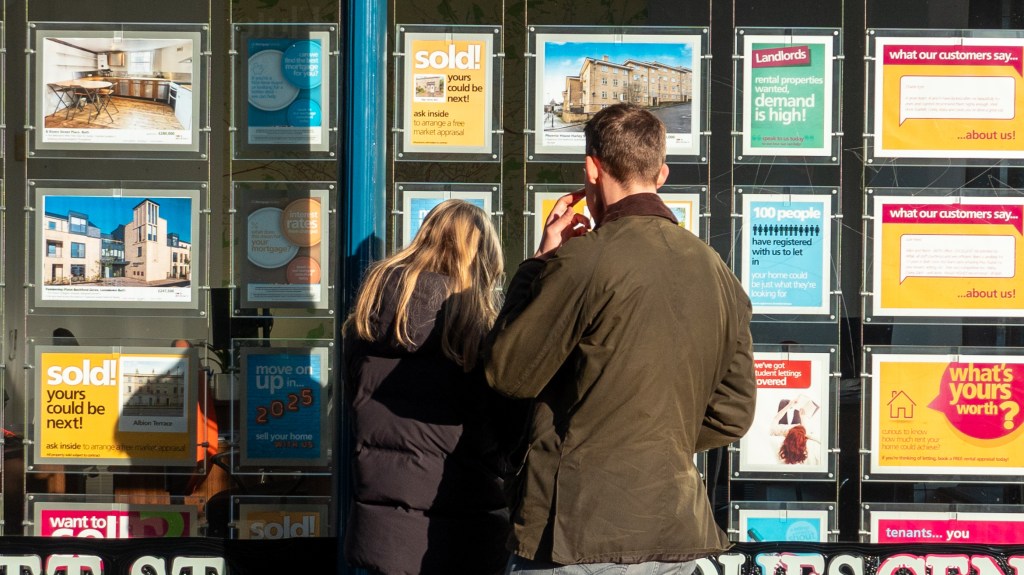House Prices Increase by 4% as Buyers Rush to Meet Stamp Duty Deadline
In March, house prices demonstrated a consistent upward trend, influenced by a surge of buyers eager to finalize transactions ahead of an impending adjustment in stamp duty thresholds.
The average home price across the UK experienced a year-on-year increase of 3.9 percent, reaching £271,316, remaining stable compared to February, according to new data released by the high street lender Nationwide.
Nonetheless, house prices remained unchanged month-on-month as the approaching stamp duty modifications led some buyers to hesitate towards the month’s end, resulting in transactions that were unlikely to be completed before the deadline.
Starting April 1, the stamp duty threshold for first-time buyers in England and Northern Ireland will be adjusted to £300,000, down from £425,000. Similarly, for other buyers, the initial threshold for tax payment will be lowered from £250,000 to £125,000.
This revision indicates that the average first-time buyer in London, the region with the highest property prices, will face an additional tax cost of approximately £6,250 on their home purchase, with their overall tax bill rising to £9,002 from £2,752.
Robert Gardner, Nationwide’s chief economist, remarked, “Anticipate a slightly softer market in the coming months due to the forward acceleration of buyer activity aimed at circumventing the new tax responsibilities. This trend typically follows the conclusion of stamp duty incentives.”
Despite these challenges, house prices have reached their highest levels since the mini-budget introduced by Liz Truss in 2022, being just around £2,435 shy of the all-time peak observed earlier that summer.
Following the mini-budget, house prices dipped significantly, largely due to rising mortgage rates that effectively halted market activity for a year and a half. However, a gradual recovery has been noted over the past year as mortgage rates have started to decline.
Jennie Daly, CEO of Taylor Wimpey, a leading UK housebuilder, noted in February that many individuals are now eager to proceed with moves they had postponed for as long as two and a half years. “People are beginning to feel, ‘I can’t wait any longer,’” she commented.
Gardner predicts an uptick in market activity as we move into summer, supported by positive underlying conditions. He stated, “With the unemployment rate low, earnings increasing in real terms, strong household finances, and potential reductions in borrowing costs should the Bank Rate decrease, favorable conditions are anticipated.”
According to Anthony Codling, an analyst at RBC Capital, all major housebuilders are planning to launch more sites in the forthcoming months, reflecting a robust confidence in the fundamental market.
Last month, Persimmon indicated plans to boost its output to between 11,000 and 11,500 new homes this year, a marked increase from the 10,664 units constructed last year.
Northern Ireland saw the most significant growth in house prices, with an increase of 13.5 percent in the first quarter of this year, bringing the average price to £205,796. Meanwhile, the northwest of England reported a commendable 5.9 percent annual increase in house prices, averaging £221,896.
Conversely, the London area exhibited the slowest growth, with house prices rising by only 1.9 percent to an average of £529,369.
However, Ashley Webb, an economist at Capital Economics, expressed expectations that London and the broader southeast region’s house prices would outperform other areas over the next two years, as mortgage rates continue to decline.




Post Comment